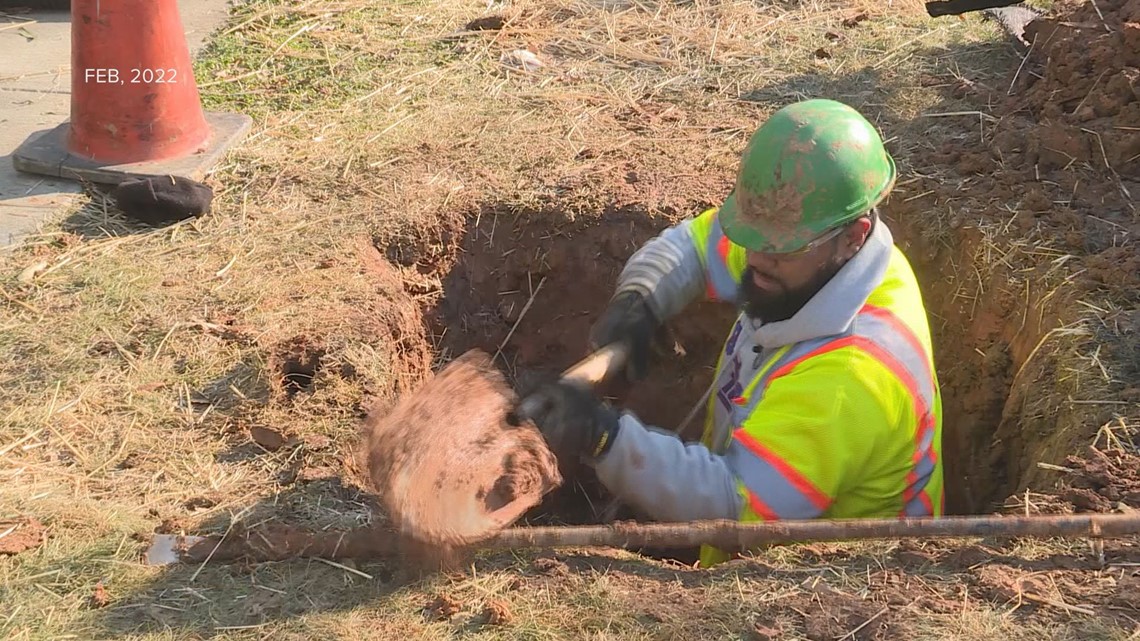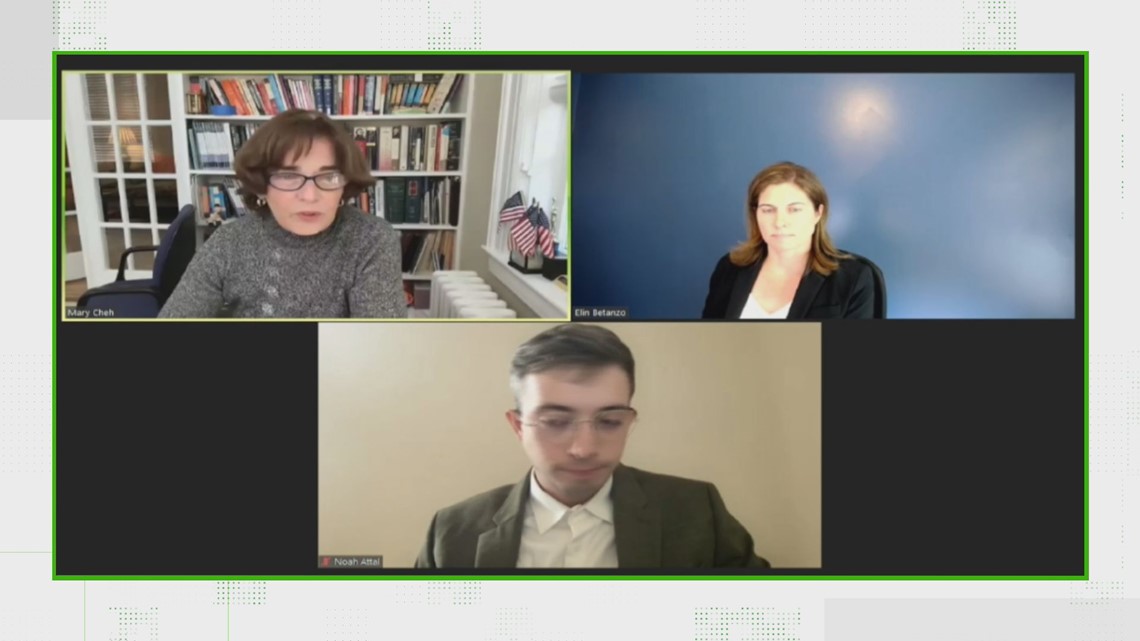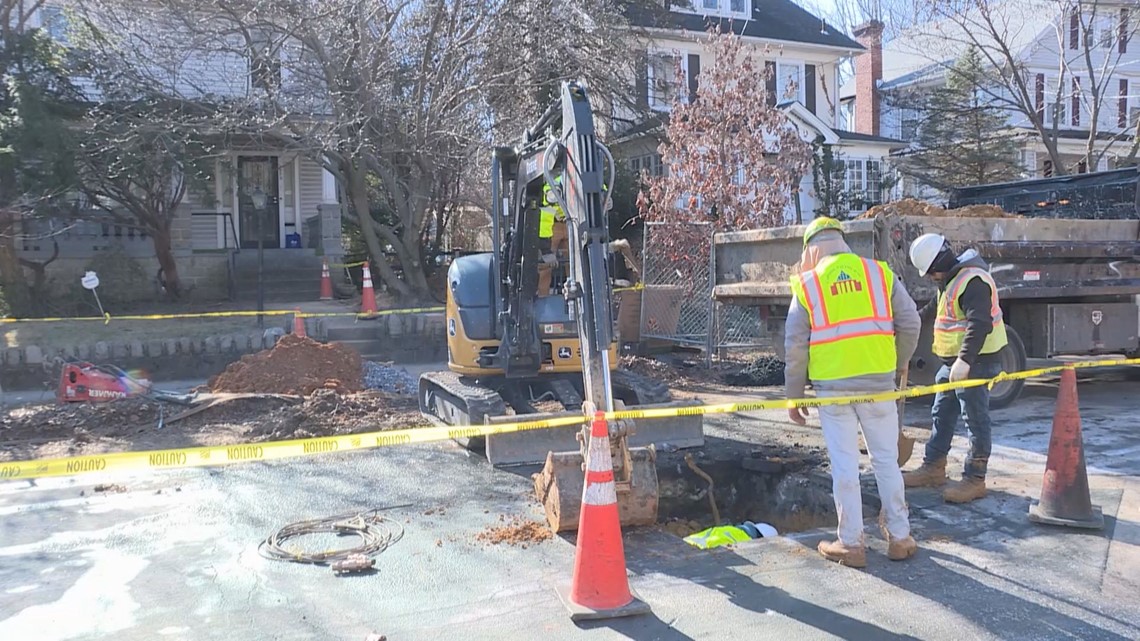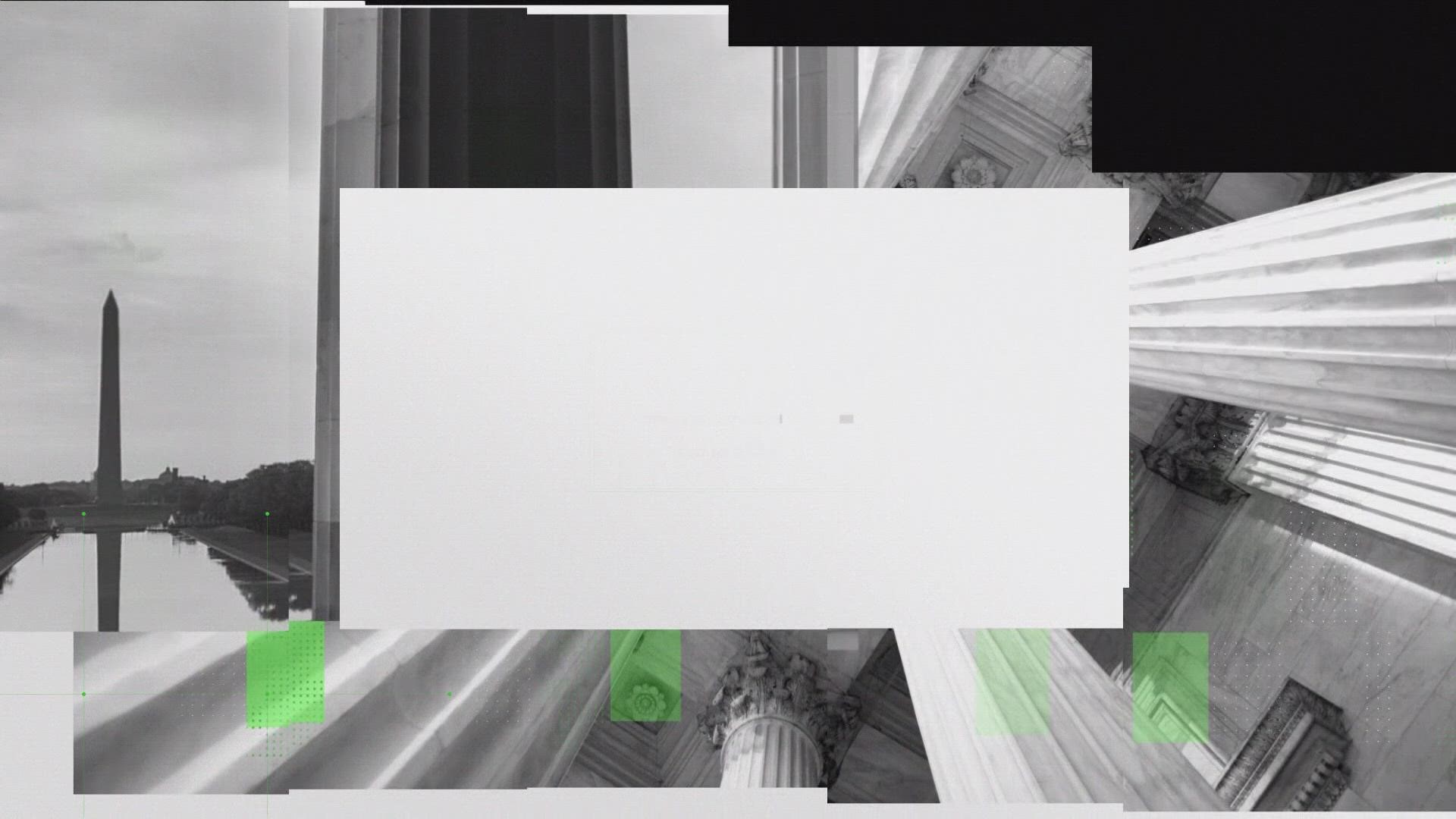WASHINGTON — Nationwide there are approximately 10 million lead pipes, according to the Environmental Protection Agency. These pipes can be incredibly dangerous, because lead in water can be harmful, especially for young people.
"Young children, infants, and fetuses are particularly vulnerable to lead," the EPA wrote. "Because the physical and behavioral effects of lead occur at lower exposure levels in children than in adults."
According to the EPA, lead exposure can lead to damage of the central and peripheral nervous system, causing "learning disabilities, shorter stature, impaired hearing, and impaired formation and function of blood cells."
Due to these dangers, the D.C. government has set the goal of removing all lead service lines by 2030. On Tuesday, consulting firm Safe Water Engineering presented a report on the scope of the problem, as well as recommendations on how to meet the 2030 deadline.


According to the lead pipe report, there are currently 21,792 known lead pipes, which need to be removed in D.C. However, when the firm factored in "unknown" pipes, as well as estimates for those mischaracterized, the estimated number of pipes requiring replacement is 42,323.
The consulting firm estimates that it will cost in between $480 million and $628 million to remove all of these lead pipes by 2030.
"The cost estimate for the Lead Free DC Plan is $680 million," the report reads. "Which includes $540 million for Lead Service Line Replacements and $141 million for Water Main Replacements."


The report recommends that DC Water prioritizes lead removal where there is a likelihood of lead, as well as where the consequences of lead are most severe. This includes childcare facilities, and neighborhoods with a large population of children younger than five.
In order to ensure the removal of lead pipes in D.C., the report recommends that DC Water not only suggest, but mandate the removal of these service lines on local property, along with offering funding.
"The mandate compels residents to participate," the report reads. "And the funding removes the largest barrier to participation. Requirements for customers to pay, even when there is capacity for financial assistance, create unnecessary barriers and delays to Lead Service Line Replacements."


At Tuesday's hearing, David Gadis, CEO for DC Water, said he approved of the mandate, but only if Council passed sufficient funding, to take the burden off of homeowners.
"We are at a critical juncture for the success of this initiative," he said. "While we appreciate the attention and support, we need additional financial assistance to make sure we can continue our block by block replacement."
To see our full investigation from March, 2022, click here.
To read the brand new report from Safe Water Engineering, click here.

